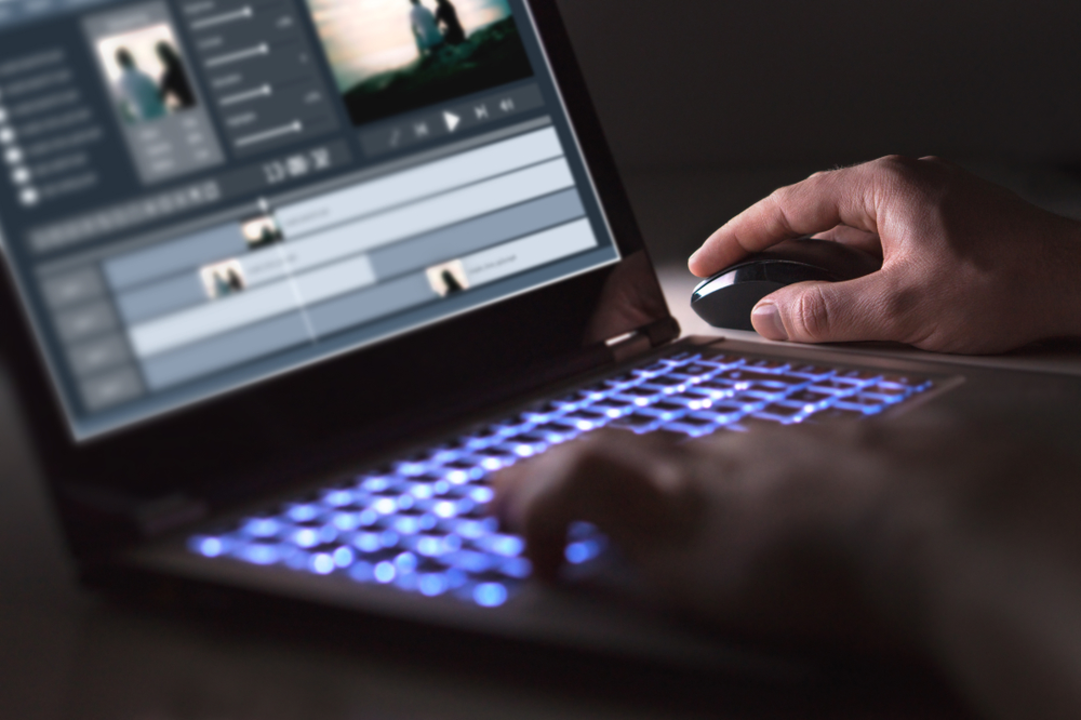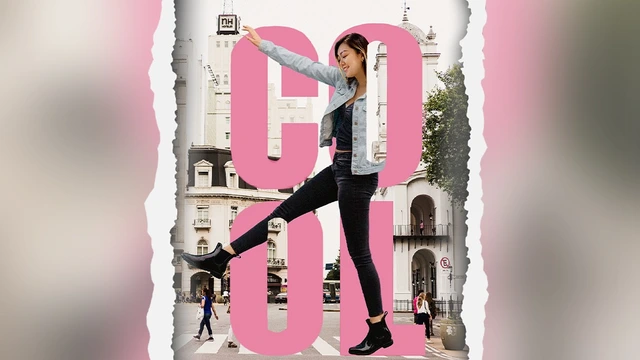Understanding the Basics of Photo Editing: An Overview of Common Editing Tools
Photo editing is a critical element of modern photography and digital art. Whether you are a professional photographer or just looking to improve your Instagram feed, understanding the basics of photo editing tools can help you create stunning visuals that will captivate your followers.
The most basic rule of photo editing is to work with the highest quality images possible. By using a high-resolution image, you can ensure that your edited photos will look great on any device or platform. Additionally, working with a high-resolution image will allow you to make more detailed edits without sacrificing image quality.
The next step is to familiarize yourself with the most common editing tools. These include cropping, color correction, brightness and contrast, sharpening, and noise reduction. Cropping allows you to remove unwanted elements from the image, while color correction allows you to adjust the hue and saturation of the image. Brightness and contrast allow you to adjust the overall tone of the image, while sharpening and noise reduction help to improve the details and clarity of the image.
Once you are familiar with the basics of photo editing, you can explore more advanced techniques, such as vignetting, lens correction, and special effects. Vignetting can be used to create a dramatic effect in the borders of the image, while lens correction can be used to correct any distortions caused by the lens used to capture the image. Special effects allow you to further enhance the image by adding special effects, such as light leaks or lens flares.
Finally, it is important to remember that photo editing is a creative process. Experiment with different techniques and don't be afraid to make mistakes. With a bit of practice and patience, you can easily become a master of photo editing tools.
How to Use Photo Editing Tools to Enhance Your Images
Editing photos can be a great way to make your images stand out, and there are a number of photo editing tools available to help you do just that. Whether you’re an experienced photographer or a complete beginner, these tools can help you take your photos to the next level. Here are some basic rules when it comes to editing photos in photo editing tools.
1. Start with Quality Photos
The first rule of photo editing is to start with quality photos. No amount of editing can make up for a poor quality photo, so always make sure that the photo you’re using is of the highest quality possible. This means that you should use a good camera, and make sure that the lighting and composition are as good as possible before you start editing.
2. Don’t Over-Edit
It can be tempting to go overboard when it comes to editing photos, but it’s important to remember that less is often more. If you over-edit a photo, it can end up looking unnatural and fake. Try to stick to subtle adjustments that will enhance the photo without making it look overly processed.
3. Use Adjustment Layers
One of the most powerful tools for photo editing is the use of adjustment layers. Adjustment layers allow you to make adjustments to your photo without permanently altering the original image. This makes it easier to experiment with different adjustments without having to start from scratch each time.
4. Adjust the Color Balance
One of the most important aspects of photo editing is adjusting the color balance. Color balance is the process of adjusting the brightness, contrast, and saturation of a photo to make it look more natural. This can be done manually, or you can use tools such as curves and levels to quickly adjust the color balance.
5. Use Selective Editing
Selective editing is a great way to draw attention to certain elements of a photo. This can be done by selectively increasing the saturation or contrast of certain parts of the photo, or by using tools such as the dodge and burn tool to lighten and darken certain areas. This can help to direct the viewer’s eye to certain parts of the photo.
6. Sharpen the Image
Sharpening is the process of making an image appear sharper and clearer. This can be done by using the sharpen tool, or by adjusting the levels and curves of the image. It’s important to be careful when sharpening an image, as too much sharpening can make the image look unnatural.
7. Save Your Work
Once you’ve finished editing your photo, it’s important to save your work. Make sure to save your original image as well as your edited version, so that you have a backup in case you need to make any changes in the future. It’s also important to save your work in a format that is compatible with most photo editing programs.
These are just a few basic rules when it comes to editing photos in photo editing tools. By following these rules, you can create beautiful, professional-looking photos that will stand out from the crowd. With a little practice and patience, you’ll soon be creating stunning images that you can be proud of.
Tips and Tricks for Professional Photo Editing
When it comes to editing photos, there are a few basic rules that you should always keep in mind. First, always remember to use only the best quality software and tools to edit your photos. This means using high-end professional tools, such as Adobe Photoshop and Lightroom, to ensure that your photos look their best.
Second, it is important to make sure that you have a clear vision of what you want to achieve before you start editing. This will help you to focus on the right elements within the photo and ensure that your edits are as effective as possible.
Third, be sure to save multiple versions of your photos as you go along. This will give you multiple options to work with if you decide to go back and make changes later.
Fourth, when you are editing, take your time and pay attention to detail. This means that you should not rush through the editing process and miss important aspects of the photo.
Finally, always remember that there are no “rules” when it comes to editing photos. You should experiment, play around with different effects, and try different techniques until you find the one that works best for you.
These are the basic rules of photo editing that all professional photographers follow. By following these rules, you can ensure that your photos look their best and make the most of your editing tools.
The Do's and Don'ts of Editing Photos in Photo Editing Tools
Photo editing tools have become increasingly popular in recent years, allowing users to quickly and easily make adjustments to their photos to create a desired look. Although editing photos can be a fun and creative process, it is important to understand the basic rules of photo editing to ensure that the final image looks professional and is true to the original. Here are some do's and don'ts of editing photos in photo editing tools.
Do's
The first do of editing photos in photo editing tools is to consider the lighting in the photo. The way the light falls on the subject can completely change the look of a photo, and this can be adjusted in the editing process. It is also important to adjust the color balance in the photo, as this can have a dramatic effect on the overall look. Finally, it is important to remember to sharpen the image, as this helps to bring out the details and make the photo look sharper and more professional.
Another important do when editing photos is to pay attention to the composition of the photo. The composition of a photo can help to create balance and depth, and this can be adjusted using the cropping and rotation tools in the photo editing software. It is also important to be aware of the size of the photo, and to resize it as needed to ensure that it is the correct size for its intended purpose.
Don'ts
One of the most important don'ts of editing photos in photo editing tools is to not overdo it. Although it is possible to make dramatic changes to a photo, it is important to be careful and subtle when making adjustments. It is also important to avoid using filters, as these can make a photo look artificial and unnatural. Additionally, it is important to avoid using heavy distortion or blurring effects, as these can make a photo look unnatural and unprofessional.
The last don't to remember when editing photos in photo editing tools is to not forget about the details. It is important to pay attention to the little things, such as the sharpness, contrast, and color balance, as these can make a big difference in the overall look of a photo. Additionally, it is important to be aware of the background of a photo, as this can add to the overall composition and make a photo look more professional.
Editing photos in photo editing tools can be a fun and creative process, but it is important to remember the do's and don'ts in order to create a professional and true to life image. By following these basic rules, it is possible to create stunning images with just a few simple adjustments.
Exploring the Possibilities of Creative Photo Editing with Photo Editing Tools
Photo editing tools provide an interesting way to create stunning visuals. These tools allow you to take a simple image and turn it into a masterpiece. With the right tools, you can add depth and texture to your photos, adjust the colors, and even remove unwanted objects from the frame.
But what is the basic rule when editing photos using photo editing tools? The most important thing to remember is to keep your photo realistic. You don't want to over-edit or make your photos look unnatural. You should also avoid over-saturating colors, as this can make your photo look fake.
When editing photos, you should also take into consideration the composition of the photo. You should ensure the main focus of the photo is in the center of the frame, and any other objects should be placed around the main focal point. Additionally, you should use a variety of angles and perspectives to create more depth and interest in the photo.
Another important rule when editing photos is to be aware of the lighting. Taking photos in natural light is usually the best option, as it will give you the clearest image. If you are using a photo editing tool, you should be able to adjust the lighting to make the photo look more natural.
Finally, when editing photos, you should always consider the background. If the background of the photo is distracting, you should try to minimize it or remove it altogether. You should also be aware of the color balance of the photo, as this will affect the overall look of the photo.
So, when it comes to editing photos, the basic rule is to keep it realistic and true to the actual image. You should remember to keep the composition, lighting, and background in mind, and adjust accordingly. With the right photo editing tools, you can easily create stunning visuals with just a few clicks.


